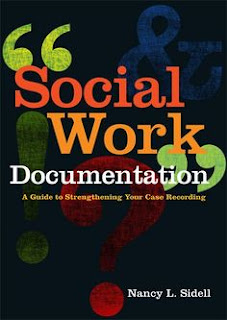Definition of community organization
Murray G. Ross (1967) defines community organisation as a “process by which a community identifies its needs or objectives, gives priority to them, develops confidence and will to work at them, finds resources (internal and external) to deal with them, and in doing so, extends and develops cooperative and collaborative attitudes and practices in the community”.
In this definition by “process” he meant a movement from identification of a problem or objective to solution of the problem or attainment of the objective in the community. There are other processes for dealing with community problems, but here he called the community organisation process as one by which the capacity of the community to function as an integrated unit grows as it deals with one or more community problems. The task of the professional worker in community organisation is to help, initiate, nourish, and develop this process. His task is also to make this process conscious, deliberative, and understood.
“Community,” in the sense in which it is used here, refers to two major groupings of people. Firstly it may be all the people in a specific geographic area, i.e., a village, a town, a city, a neighborhood, or a district in a city. In the same manner it could refer also to all the people in a province or a state, a nation, or in the world. Secondly, it is used to include groups of people who share some common interest or function, such as welfare, agriculture, education, or religion. In this context community organisation may be involved in bringing these persons together to develop some awareness of, and feeling for their “community” and to work at common problems arising out of the interest or function they have in common.
The second definition we will discuss here is by Kramer and Specht (1975), which is in more technical terms. They defined that “Community organisation refers to various methods of intervention whereby a professional change agent helps a community action system composed of individuals, groups or organizations to engage in planned collective action in order to deal with special problems within the democratic system of values.”
According to their explanations, it involves two major interrelated concerns:
(a) the interaction process of working with an action system which includes identifying, recruiting and working with the members and developing organizational and interpersonal relationships among them which facilitates their efforts; and
(b) the technical tasks involved in identifying problem areas, analyzing causes, formulating plans, developing strategies and mobilizing the resources necessary to have effective action.
The analysis of both these definitions reveals that they cover the “Need-Resources Adjustment” approach, “the Social Relationships” approach and a combination of the two ideas of meeting needs and development of co-operative attitudes.
The distinguishing features of community organisation practice are derived largely from the three dimensions.
(1) The nature of its setting and focus– the community and its problems,
2) From the nature of its goals – enhanced functional capacity of the community and its ability to influence the social welfare policy, and
3) From the techniques it employs towards affecting the inter-personal and inter-group relationships of the members of the community.
The statements defining community organisation method, stress individually or in combination the above three factors and also refer to clientele and the total process and the way in which the method is applied.
Source: * Dr. Suresh Pathare, TISS, Tuljapur (PDF File)
Photo Source:





Comments
Post a Comment